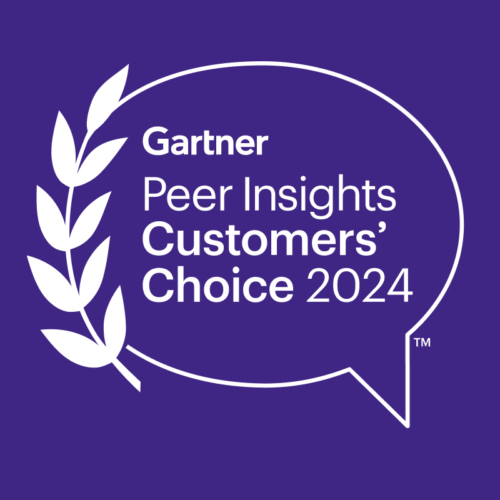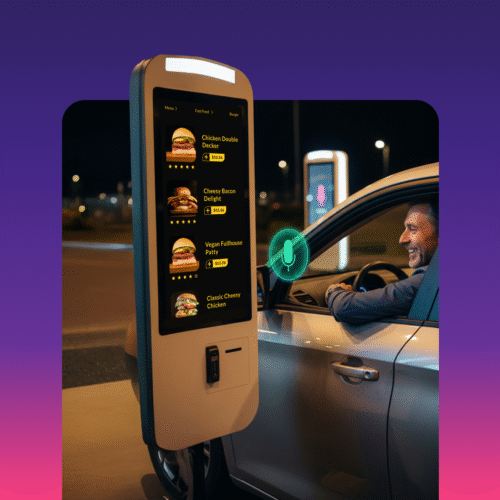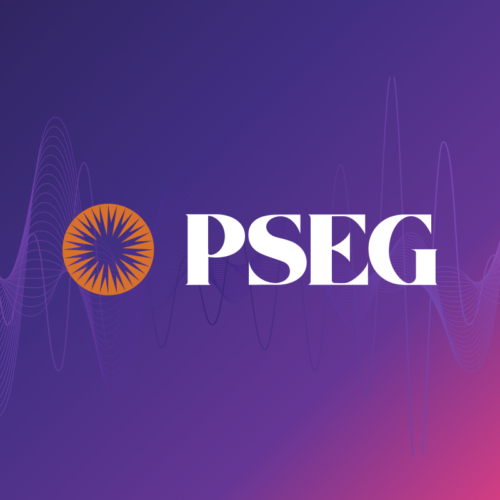Often, companies base call center leaders’ bonuses on their IVR’s performance. With personal compensation on the line, we look at how call center leaders can be sure they’re partnering with a conversational AI provider that understands the right metrics to measure contact center performance and knows how to deliver results that meet organizational KPIs
We’ve come across numerous organizations, including firms in the utilities sector, that link their contact center employees’ staff bonuses to how well their Interactive Voice Response (IVR) technology resolves customer enquiries, without involving human agents.
Companies typically track the percentage of customer calls that are resolved via their IVR’s self-service functionality as their “containment rate”. Modern IVR, with Conversational Artificial Intelligence, can catapult containment rates to new heights, by understanding Natural Language, intelligently deciphering customers’ needs and autonomously serving up relevant information.
That’s the opportunity on the table today. However, many companies are struggling with legacy technology and integration issues that are affecting their customer service record. These issues are driving some companies to take a tough carrot and stick approach: reward staff when their contact center performs well. Reduce their bonuses if it doesn’t.
Find the right partner with the right RFP questions
By linking containment rate with personal remuneration, IT staff, call center leaders and frontline staff, even executive managers, are all personally invested in who they work with to roll-out the technology, how the deployment is project managed, and how much control they have to optimize the system. In the past, many of these employees would have paid little heed of who the firm works with and for what. They might have moaned about the technology but if they weren’t directly on the hook, it would have been regarded as someone else’s problem.
Linking their bonus to the IVR’s performance changes that. In fact, a nightmare scenario would be their company selecting a technology vendor whose technology does not live up to its promises and discover year after year that there is little they can do to improve it. If their bonuses depend on measures and metrics they can’t control or influence, these disgruntled employees will eventually leave and the company will be laden with technology that’s not fit for purpose, poor attrition rates, a call center skills gap and a bad customer service reputation, all of which impacts the bottom line.
As I wrote recently, this is particularly disastrous in the utilities space. Utilities provide essential services and when these services are disrupted, customers need to be able to reach out to their provider quickly and seamlessly. In many cases the contact center provides a lifeline that needs to be protected. During times of emergency, they shouldn’t have to wrestle with a clunky IVR system that doesn’t connect them with the information that they need.
What’s more, utilities are regulated and poor customer service during an emergency can result in a public reprimand and fine. Which is why they’re often more inclined to use whatever leverage they have to improve their call center operations—including employee bonuses.
With so much skin in the game (and with so much at stake at a corporate level), they need IVR technology that’s designed to deliver both containment and a good customer experience, that can adapt to changing business priorities and provides sophisticated reporting functionality to analyze contact center performance. They need to screen out vendors that can’t deliver against these metrics with a Request for Proposal (RFP) document that’s carefully structured and asks the right questions. The RFP should call for substantive evidence that the provider’s IVR is customizable, reliable and scalable. It should filter for robust reporting metrics for IVR usage, containment rates and accuracy; it should call for real-time monitoring tools for system performance and request all this information be relayed via a user-friendly dashboard.
The power of a dashboard
Reporting isn’t particularly sexy, which is why it’s sometimes overlooked. Many IVR providers pay lip-service to reporting capabilities with a basic one-page dashboard, presenting limited data and minimal opportunities to interrogate the data. Sometimes this is intentional. Rather than building their own AI capabilities, they’ve acquired a black box AI whose inputs and operations aren’t visible.
This is where Omilia is different. Our technology is built in-house from the ground up. We own all the components and developed the algorithms based on what works in hundreds of real word deployments. We know exactly what the AI needs to succeed and provide granular reports to maximize organizations’ outcomes. Customers can access a high-level dashboard for their call center’s IVR and drill down to see where the customer experience is dipping and what’s blocking a task from being resolved within the IVR. Our analytics dashboard provides empirical evidence and easy to interpret visualization tools that enable business analysts to determine how to fix problems and fine-tune solutions, and how to locate new opportunities for automation in minutes. This is a fundamental game-changer that continues to deliver customer value.
One US utility company we work with, remarked that with their IVR dashboard, they’re learning something every day and incrementally improving their customer service experience as a result.
AI at the wheel
To recap, to hold contact center leaders or IVR teams to account, based on the contact center’s performance, organizations need sophisticated reporting functionality that can guide them to the root cause of any issue and the ability to continually and easily adjust and optimize the technology. They need to be empowered to make a difference.
It’s worth noting that in the near future, this will get a lot easier. The AI will troubleshoot itself. (Although again, that’s dependent on the organization’s technology vendor choices.)
Omilia’s AI models triage their own outcomes and recommend solutions that allow the AI to improve quickly in live environments.
Another helpful advancement is Generative AI. Most issues with AI accuracy have less to do with technology and more to do with the dynamic nature of human communication. For instance, think about how employees adapt their communication style to fit the unique needs of each customer they speak to. Intuitively, humans factor in different ways of thinking, and collaborate with customers to find answers in challenging and unexpected situations. With Generative AI, the AI doesn’t just analyze the reasons why it fails to engage a customer, and aggregate these reasons via in-depth reporting functionality, it also gives companies the ability to offer “spur of the moment” solutions to address customer needs. It provides a personalized response that mimics the “human touch”–a style of communication that traditional AI solutions have lacked.
To conclude, a contact center partner that won’t put a team’s bonus in jeopardy is an IVR provider that can track what’s working well, what needs to be adjusted, and either enables call center operatives to swiftly make these adjustments themselves or can do it for them, with minimum fuss. That is most likely a vendor that has built the technology stack itself, knows what’s under the hood and how to control and optimize it.



